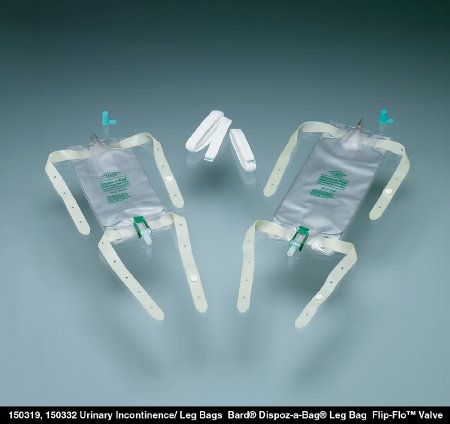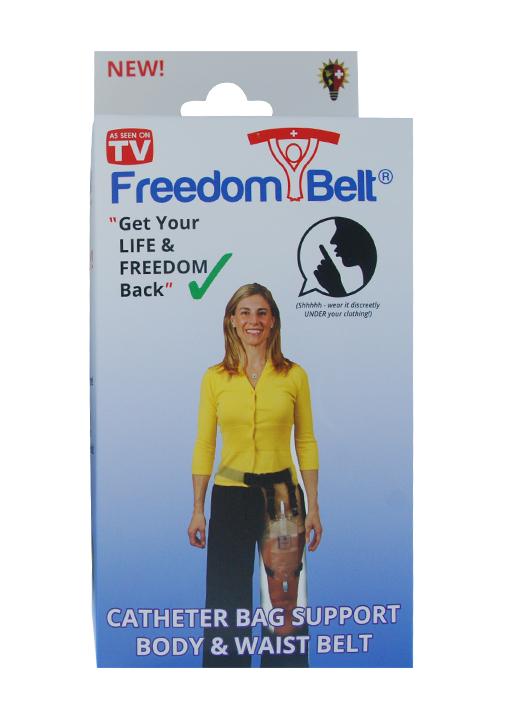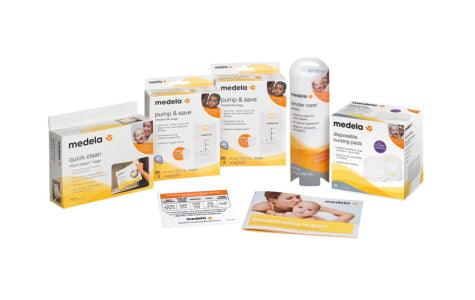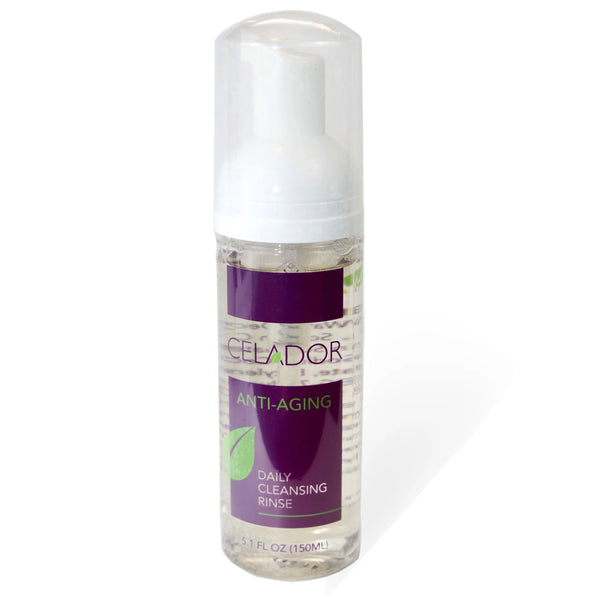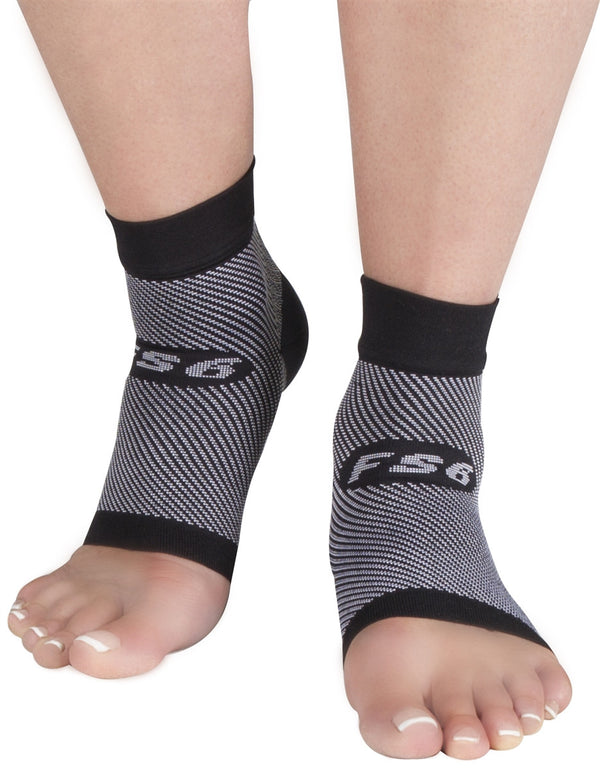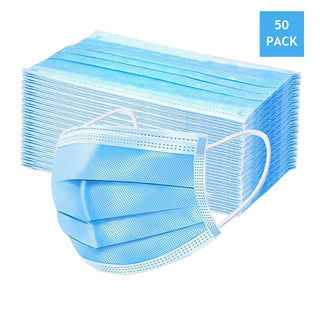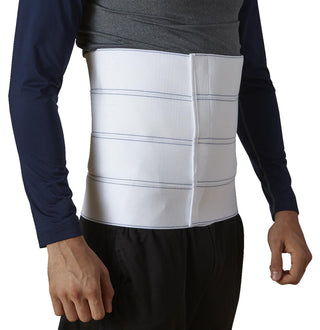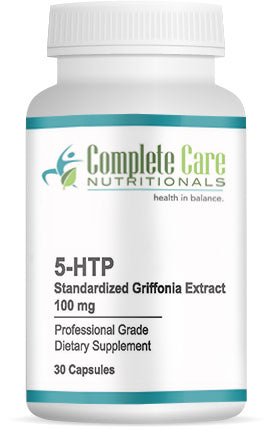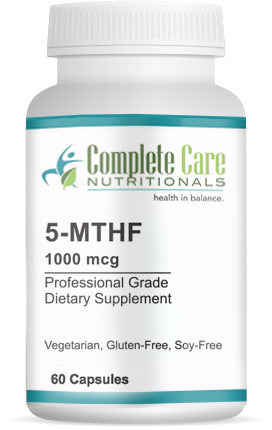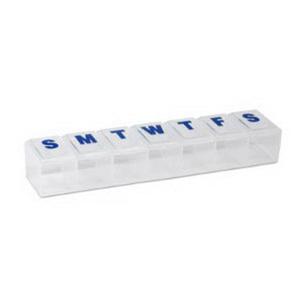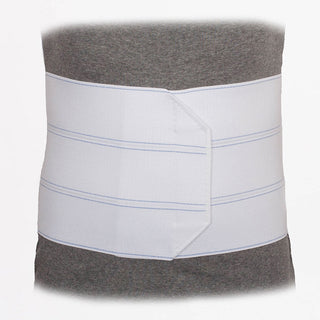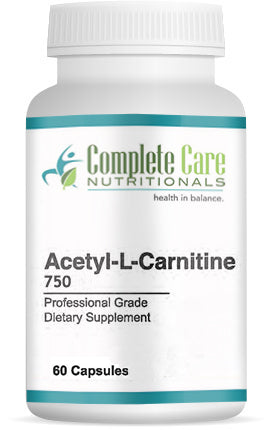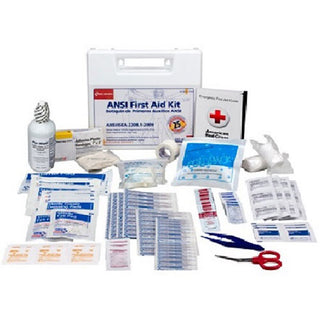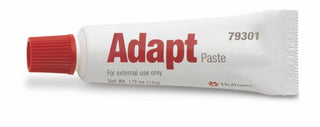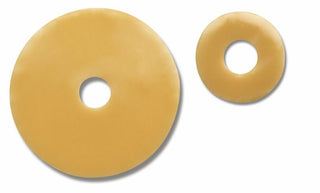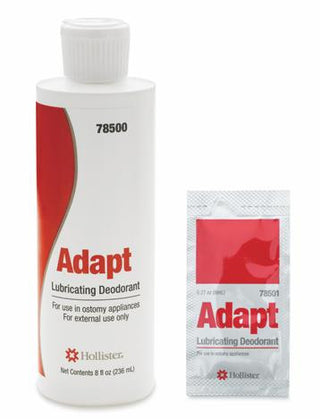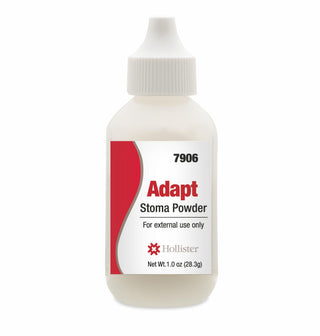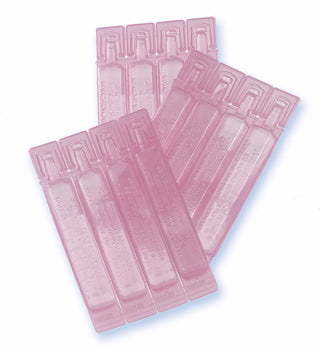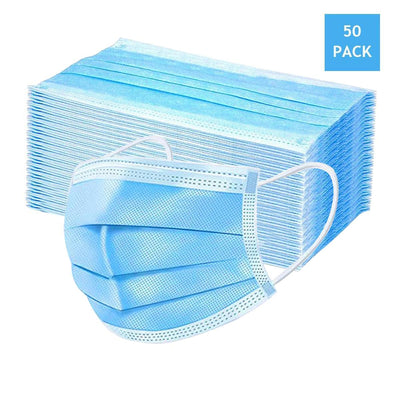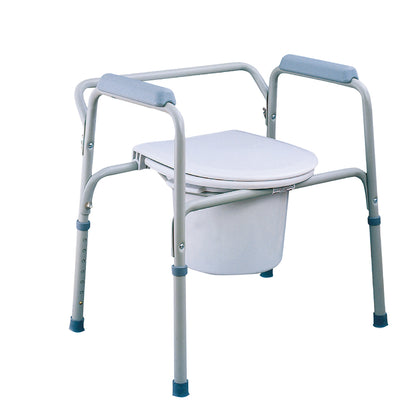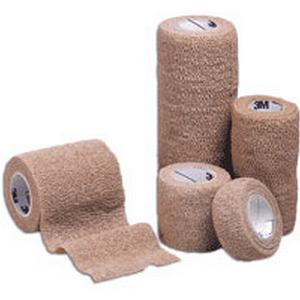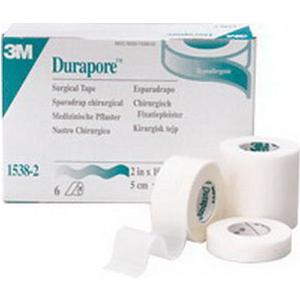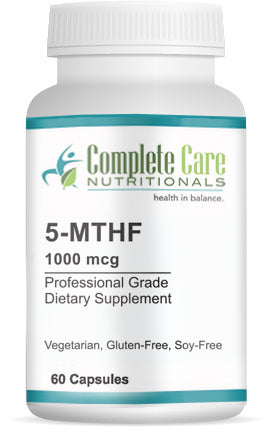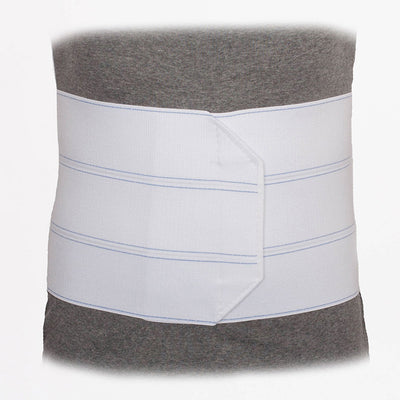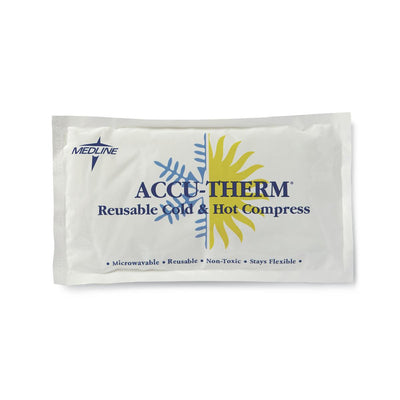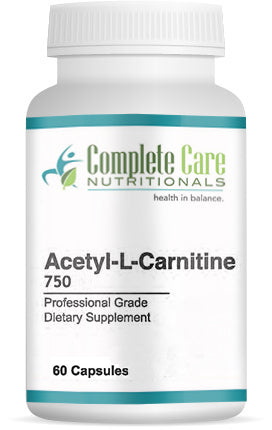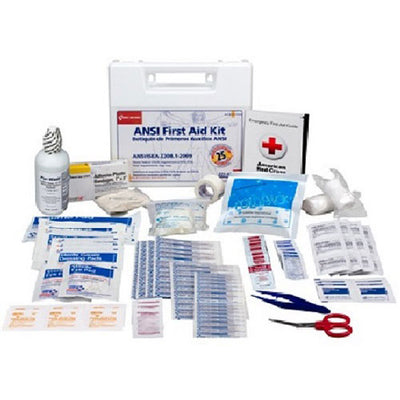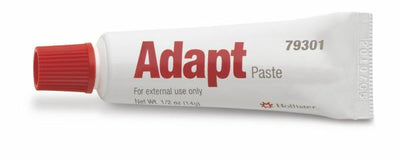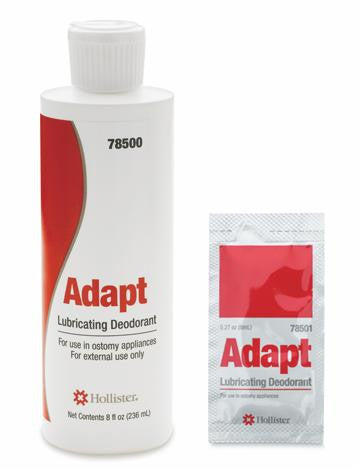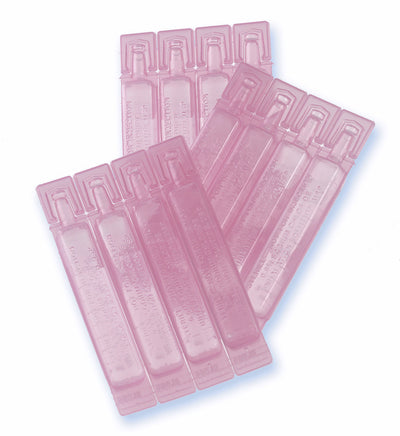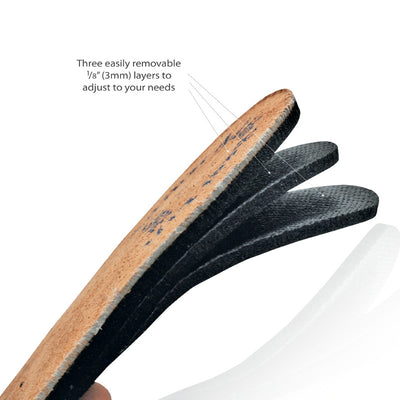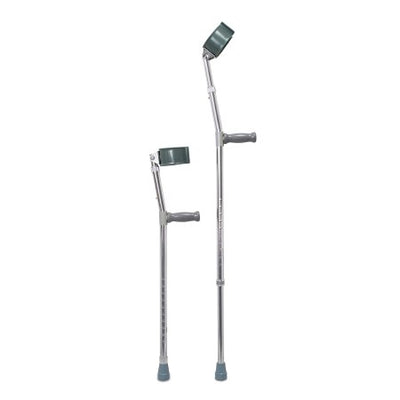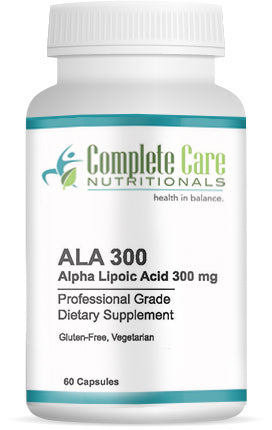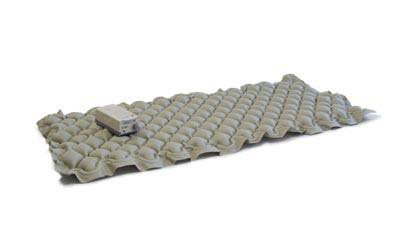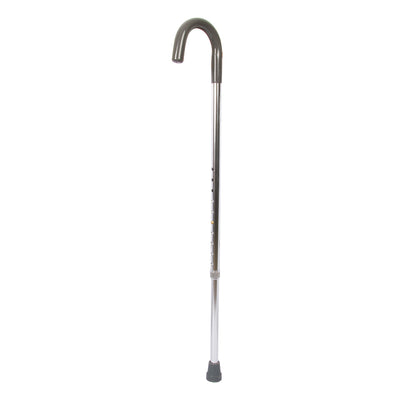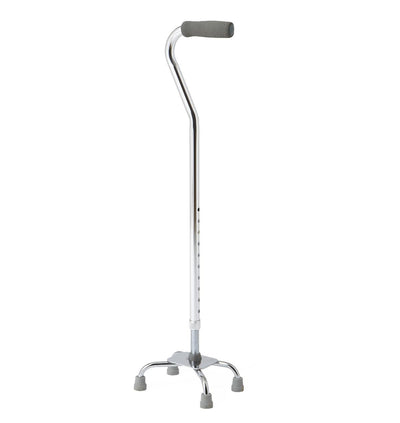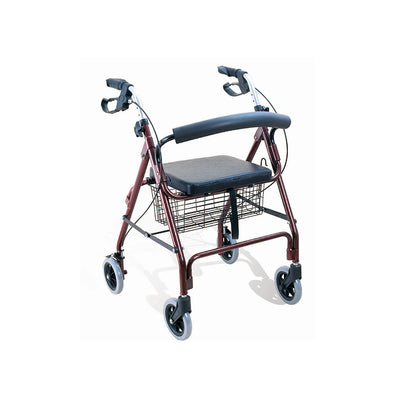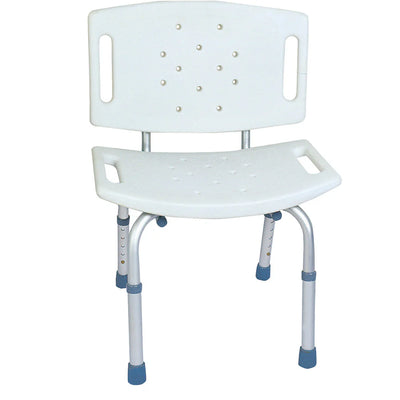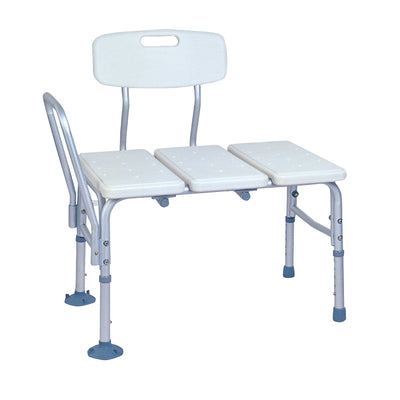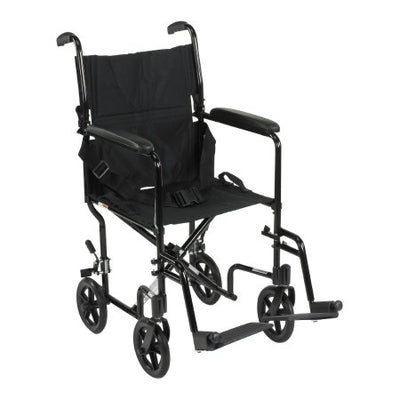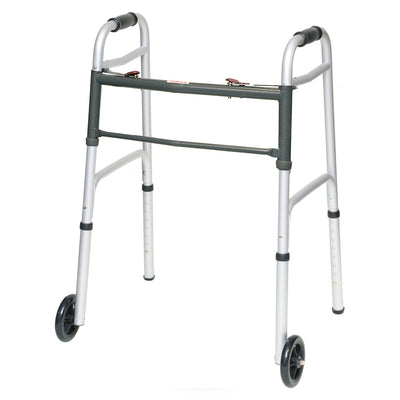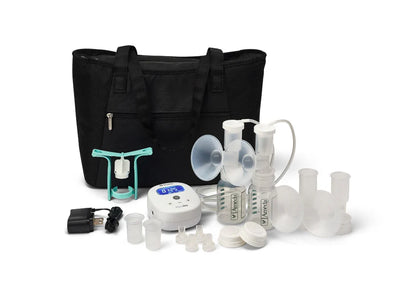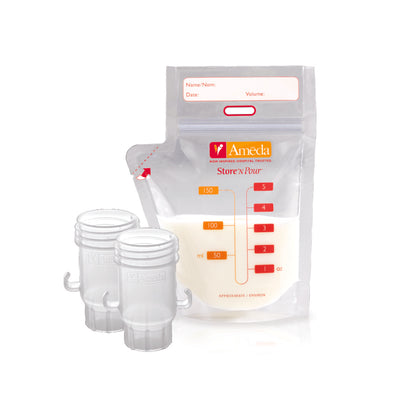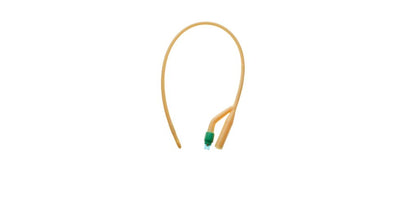Being told that you must use a catheter can be daunting and you may be apprehensive, but when you understand that using a catheter can help you fully empty your bladder and thus maintain a sense of independence, you'll likely feel a little better.
There are a few ways that can help ease the transition to using a catheter, which could lead to you having a much more successful and easy experience.
Interested in learning more? If so, then continue reading and we will walk you through everything you need to know.
Understanding the Different Types of Catheters
The first thing you want to do is consult with your doctor about which type of catheter is going to be best for you. There are three different types that you should know about.
1. Intermittent Catheters
If you have a caregiver who can help you, or you're able to self-catheterize, then your doctor may recommend an intermittent catheter to you. With this kind of catheter, you insert a single use, sterile catheter tubes a certain number of times each day in order to keep your bladder emptied regularly.
This will help you exercise the muscles in your bladder and allow it to fill up and empty at scheduled intervals, which should mimic the way a functioning bladder operates.
It’s important to note that these catheters are single use products and should be disposed of after use. Reusing catheters can lead to infections and complications!
Also, these types of catheters do not require the use of a leg bag or drain bag, which allows you more freedom. Instead, you simply must direct the flow toward the urinal or toilet or may have a product that drains directly into a bag which can be thrown away after each use.
2. External Catheters
Men with urinary incontinence will typically use external catheters, or condom catheters. Usually, this product fits over the penis in a similar way to a condom but has an opening at the end which allows urine to flow from the penis to a leg bag or drain bag.
3. Foley Catheters
Foley catheters, often referred to as indwelling catheters, stay inside the bladder in order to keep it completely drained. The catheter will remain inside the bladder for an extended period, allowing urine to continually drain throughout the day into a collection device. These are typically used in a hospital setting or for patients that have limited dexterity and self-catheterize. Physicians or trained medical staff will usually handle the insertion and care of the Foley catheter. This type of catheter is typically changed one a month or every two weeks to avoid the chances of UTI’s.
Once you and your doctor decide on which type is best, there are different options to choose from. We can help you find your perfect fit, give us a call and try our free sample program to find the one that works best for you!
To learn more about the different types of catheters and the different options available within these categories, check out our Catheter Basics Blog, which goes over everything you need to know about Urinary Catheters.
How to Ease the Transition to Using a Catheter
Depending on the state of the patient's condition, a person who is new to catheterization may need the help of a caregiver. Because of this, it's important to be comfortable with your healthcare provider. Whether you have the help of a caregiver or are self-catheterizing, you should try to be as relaxed as possible during insertion to reduce discomfort.
In order to make the transition as smooth as possible, the patient should choose the correct catheter for them. Not every catheter will work for every patient, so take the time to find your perfect fit. If you want to try a new catheter, give us a call and we can set you up with our free catheter program.
It is important for you to stay hydrated when you are catheterizing so that your bladder can fill up properly.
A big key to easing catheterization is properly lubricating your catheter. If you are using an intermittent catheter, make sure to fully coat your catheter with lubrication. This will make the insertion of the catheter more comfortable and reduce irritation. Another thing you can try is to use a Pre-Lubricated or a Hydrophilic catheter, which are ready to use upon opening and do not require lubricant. If using a hydrophilic catheter, you simply break the packet inside before opening the package to activate the coating and then ‘see saw’ the package to fully coat the catheter. When you open the package your catheter is fully lubricated and ready to go.
You should also wash your hands frequently and utilize other good hygiene techniques too. These can include antiseptic wipes and advanced closed system catheter kits. Doing this will help to reduce the chances of getting a urinary tract infection (UTI).
You should only use each intermittent catheter once and then dispose of it. Using it more than once can increase your chances of contracting a urinary tract infection.
Understand that using a catheter beneficial to your health and wellbeing. Having a positive outlook and maintaining optimism can make all the difference in your transition.
If there are any complications or uncertainties, you should contact your doctor immediately!
The Importance of Knowing How to Transition
Transitioning to using a catheter can be scary. But after you learn how to ease into the transition, it suddenly seems a lot more manageable. A big thing to keep in mind is to have a positive outlook, keeping your energy positive can have an incredible impact on outcomes!
Are you looking for a dedicated catheter supplier? Want to try a different product? Have questions? If so, then contact us today and see what we can do for you.








